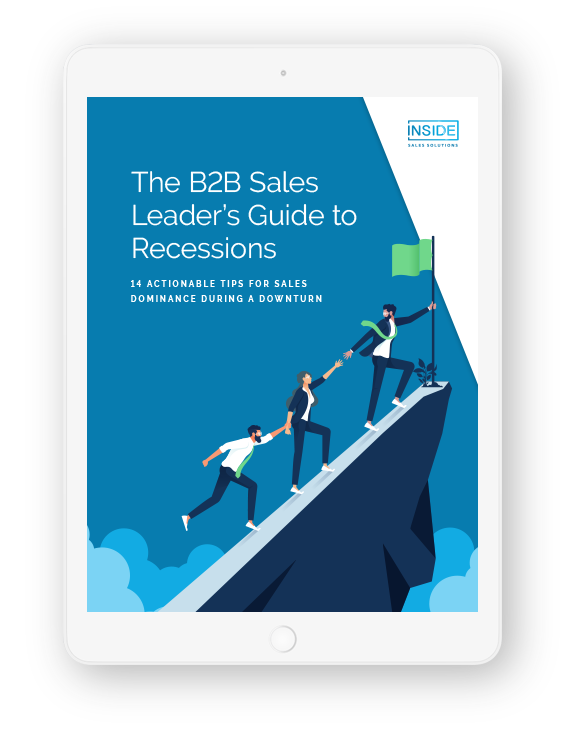As the sales landscape evolves, driven by rapid technological advances, one thing remains clear: human connection is still vital to successful selling. In the age of automation, where tools like AI, CRMs, and sales bots can handle many aspects of outreach and engagement, the personal touch is more important than ever.
For sales teams, balancing the efficiency of technology with the need for authentic human interaction is critical. Automation tools can improve productivity and streamline repetitive tasks, but it’s the human connection that truly builds trust and converts leads into long-term customers.
In this blog, we’ll explore how to maintain authenticity in a sales environment increasingly dominated by automation and how human-centered sales can actually be enhanced by technology.
Why Human Connection Still Matters
The key to successful sales has always been trust. Even as technology advances, human connection remains fundamental to the buying process.

.While AI and automation can provide data, insights, and time-saving tools, they can’t replace the empathy, understanding, and rapport that human salespeople bring to the table. Buyers want to feel understood, valued, and supported—not just like a number in a CRM.
The Role of Automation in Sales
Automation can’t be dismissed—it’s transforming the way sales teams operate, but the key is using it correctly. Here are some of the main ways automation is helping sales teams today:
- Streamlining Administrative Tasks
Automation tools can handle repetitive tasks such as data entry, email follow-ups, and lead scoring. By removing these time-consuming activities from the daily workload, sales reps can focus more on building relationships with prospects and clients.
2. CRM Integration
CRMs help salespeople track every touchpoint with a customer, ensuring that interactions are informed by data. Automating the collection and analysis of this information helps reps focus their energy on nurturing relationships.
The Balancing Automation with Human-Centered Sales
Automation should be seen as a support tool, not a replacement for human interaction. Here are some strategies for combining the best of both worlds to create a more effective sales process.
- Use Automation to Enhance, Not Replace, Personalization
Automation tools like email sequencing or chatbots can help speed up response times and provide immediate engagement. However, it’s important to ensure that these interactions are still personalized. Generic, robotic-sounding messages can alienate prospects. Instead, use automation to enhance personalization—for example, by automating the delivery of tailored content based on a prospect’s actions or preferences.
- Focus on Relationship-Building in Key Touchpoints
Salespeople must focus on touchpoints where human interaction is essential—such as during discovery calls, product demos, or contract negotiations. Automation can’t replicate the rapport and trust that is built through these personalized conversations.
Sales reps should aim to provide value in each interaction. Listening to the prospect’s pain points and offering tailored solutions can set a company apart from its competitors, even if earlier stages of outreach were automated.
- Leverage AI for Insight, but Make Decisions Based on Empathy
AI and automation provide data-driven insights that can significantly enhance the sales process. For example, AI can predict which leads are most likely to convert, helping reps prioritize their efforts. However, sales professionals still need to rely on empathy and emotional intelligence to close deals.
4. Create a Seamless Experience with Multi-Channel Engagement
As mentioned earlier, meeting customers where they are and providing a seamless experience across all channels is critical. Whether it’s through email, social media, or direct calls, sales teams need to ensure that their messaging is consistent and human, regardless of the platform.
In the age of automation, human-centered sales are not only possible—they’re more important than ever. By leveraging automation to handle routine tasks, sales teams can free up time to focus on what really matters: building authentic relationships.
The key is to use automation as an enabler, enhancing personalization and ensuring that every touchpoint with a prospect or customer is meaningful. When combined with emotional intelligence and empathy, this approach allows sales teams to thrive in a world where technology and human connection must go hand in hand.
By striking the right balance between technology and human interaction, sales teams can not only improve efficiency but also create deeper, more lasting connections with their customers—leading to higher conversions and long-term success.
Considering Outsourced Sales Development?
Take a peak at how B2B sales teams can overcome economic uncertainty.


